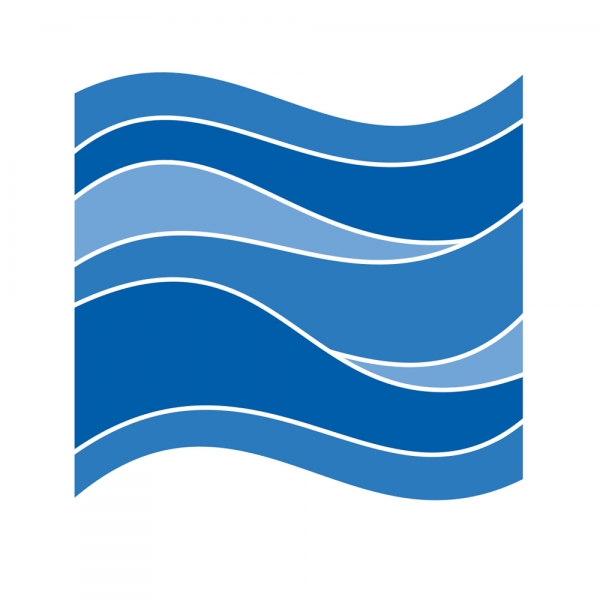0.9 m wave and open channel flume

The Water Research Laboratory’s 0.9 m wave flume measures approximately 36 m in length, 0.9 m in width, and 1.6 m in depth. The flume walls are primarily constructed of brick, with a large glass panelled section where models are constructed, allowing visual observations to be made throughout testing. The permanent floor of the flume is constructed of concrete, although site specific two-dimensional bathymetric profiles can be reproduced in the flume using an adjustable elevated timber floor system.
The flume is equipped with a HR Wallingford electro-mechanical wave generator (paddle-type). The system can generate both monochromatic and irregular wave spectrums, as well as producing user defined pre-recorded wave sequences. Control signals for the wave paddle are produced and controlled using the HR Merlin software.
A range of data can be collected during experiments in the flume, including wave statistics, wave runup, overtopping rates and depths, forces, and pressures. All electronic sensor units are typically logged using the HR DAQ or custom produced software packages within the National Instruments platform. Wave height and water level measurements are made using capacitance wave probes, which are available in a range of lengths from 200 mm to 1500 mm.
Overtopping analysis is typically measured by volumetric collection, or with the use of capacitance wave probes and/or ultrasonic sensors to record timeseries data for overtopping rates. Force measurements are collected using high-accuracy load cell units, available in a range of capacities. Pressures are measured using pressure transducer units, available in a range of capacities up to 125 kPa.
-
- 0.9 m wide x 36 m long x 1.6 m deep
- Large glass section (8 m long) for flow observations
- Site specific 2D bathymetric profiles can be modelled to accurately reproduce nearshore wave processes
- State of the art wave making system with 2nd order wave generation and active reflection compensation
- Capable of generating monochromatic, irregular sea states with a range of wave spectral distributions and custom user-defined wave time series
- Wave series with Hs up to approximately 200 mm and TP up to 3 s can be generated
- May be used as an open channel flume with or without waves; with automated tailwater control and flowrates up to 400 L/s
- Can be connected to Manly Dam supply for constant head experiments
-
- Analysis of breakwater/revetment armour stability
- Wave run-up and overtopping; including overtopping safety assessments
- Wave loading and wave/structure interactions
- Applied and fundamental research of open channel flow
- Case studies of open channel flows and hydraulic structures
- Testing of weirs, sluice gates, flat-slope spillways, and hydraulic jumps
- Flow resistance and flow structure interactions
- Stormwater assessments, culverts, and bridges

